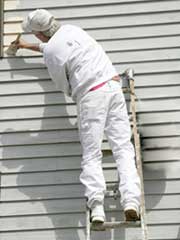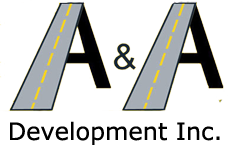Home Painters Tampa
Home Painters Tampa – Paint Prep – Seal Cracks – Primer Home
 The cost of having your house painted can be anywhere from several hundreds to several thousands of dollars. There are many different house painting options, and depending on your budget, level of experience, and the size of the job, there is at least one or more options that will work for you. The two main choices for having your house painted are to do it yourself or to hire someone to do it.
The cost of having your house painted can be anywhere from several hundreds to several thousands of dollars. There are many different house painting options, and depending on your budget, level of experience, and the size of the job, there is at least one or more options that will work for you. The two main choices for having your house painted are to do it yourself or to hire someone to do it.
DIY house painting costs
The costs of exterior house paint can range anywhere from $25 to $100, depending on the quality and type of paint you choose. If you’re home is 3,000 sq. ft, it will take about 15 cans of paint and if your paint is $35 a gallon, that’s a total of $525 for paint. Other costs that should be considered are that of supplies, such as paintbrushes and tarps, and equipment rental. Paintbrushes and such are a small expense, maybe $40 or $50 at the most. It is possible to paint your entire house for the cost of materials alone, around $600 and make it look good. For an even more professional-looking job, you can rent a pressure washer, scaffolding and power sprayer. These cost approximately $75 -$100 each per day. If the job takes seven days and you’ve rented a pressure washer and power sprayer at a $100 a day for each, that’s a total of $1400. Add that to the $525 or more for paint and you are almost up to $2000. Don’t forget to figure in the cost of your time or any work you may be missing.
House painting contractor costs
The majority of house painting contractors’ costs are taken up with labor. Supplies only make up 15%-25% of the total cost of the job. The rest of the total is made up of labor costs. An average contractor house painting job for an average sized three bedroom house is around $1500-$3000, though if the house is larger than average, or multiple stories, the cost could be as much as $3000-$5000 or more.
Successful Painting Project
So you want to spiff up your place a little bit, maybe add some color to the walls, a few accents here and there? Painting is a great way to give a room a fresh look, so pick out your colors and get ready for a fun weekend project. But before you start, here’s a list of tools and supplies you’re going to need.
- Drop cloths. Paint looks great on the walls, not so good on the carpets. Pick up some clear plastic drop cloths to keep paint off things that don’t need painting. Get a heavy enough gauge that you can walk on it without tearing it.
- Masking tape. Prep work is the most important part of the job. Get some wide (2 inches or wider) masking tape and use it to attach your drop cloths to baseboards and to mask off light fixtures, electrical outlets, etc.
- Spackle, putty knife, and sandpaper. You will need these for filling holes and cracks prior to painting. Sand the Spackle smooth when it dries.
- Tri-sodium phosphate (TSP) for washing down the walls before painting. This gets rid of oils, cigarette smoke residue, and other things that prevent paint from sticking well. Be sure to wear rubber gloves when you use this.
- Paint applicators. There are lots of different tools for applying paint; brushes, rollers, edgers, foam brushes, and more. Rollers are great for large wall and ceiling areas. Brushes are good for door casings, baseboards, and trim. Pick several good quality brushes in different sizes from 1 inch to 5 inches in width. And foam edgers and corner applicators work well for wall and ceiling intersections.
- Paint tray. You’ll need one of these if you are using a roller. It’s hard to get the roller into a paint can.
- Mixing paddles. If your paint sits for a while after you bring it home, you will need to stir it up. The paint store will probably give you a few of these for free.
- If you are overcome with ambition and decide to tackle your home’s exterior, you may want to invest in an airless sprayer. For large outdoor areas, this will cut your painting time by a factor of ten.
When you are through, make sure you thoroughly clean all your brushes and other tools. If you are using water-based paint, cleanup is easy. Oil-based paints require the use of paint thinner for cleaning, and you should dispose of the residue in an environmentally safe manner.
